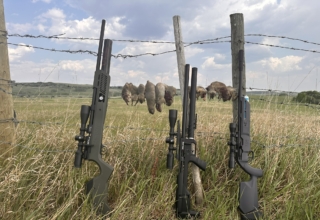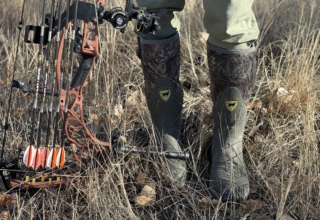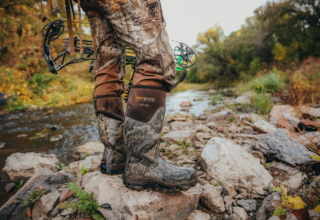Three index-finger releases that will help you hit more 12 rings and punch more lungs.
by Jace Bauserman
Handheld releases aren’t for everyone. Yes, I preach their effectiveness, but it’s critical to know that you don’t have to shoot a hinge, tension, or thumb-button to be an excellent archer/bowhunter.
Archery is very personal. There is no “one size fits all.” That’s why bow manufacturers design different bows. Some are long and some are short. Some are fast, and some are more forgiving. Customization is paramount in archery.
I tend to shoot handheld releases because of the exact and secure anchor they provide. Face-to-hand pressure has no negative impact on arrow flight, and it also reduces pin movement and calms my mind.
Still, over the last few seasons with target panic, buck fever, etc., behind me, I’ve practiced with and harvested many animals with an index-finger release strapped to my wrist.
Here’s the good and the bad concerning index-finger releases, and three must-have models you need to know about.
The Index-Finger Good
One of my favorite things about index-finger releases is their simplicity and functionality. Index-finger releases are lightweight and attach to the wrist, providing immediate D-loop hookup. Yes, some handhelds come with wrist strap attachments but because of the weight and size of a handheld, they often feel clunky and swing right and left when attached to the wrist.
Index-finger releases have buckle, BOA, or Velcro straps; all provide repeatable placement around the wrist. The head of the release is small and streamlined, adjusting in and out via a bar or nylon cord system.
Many modern-day index-finger releases allow adjustment for tension and travel. Some allow one or the other. It’s critical to understand that tension and travel are two very different things. Travel is the amount of movement that can be put into a trigger before it fires. For example, my Spot-Hogg Wise Guy has zero travel. The only time I feel the trigger move is when the shot breaks. I have buddies who prefer the trigger to move a little as they pull it. They want to feel that movement before the release fires. Tension is the amount of pressure it takes for the release to fire. Think of pounds of pressure on a rifle trigger when you think of tension. Tension settings on a release allow the archer to make the release hotter (quicker to fire with less tension) or colder (more tension before the release fires).
Another win of index-finger releases is that when you need them to go, they go. For instance, last fall I rattled in a beautiful Sooner State buck. The wise brute ran toward me and then circled to get the wind. I stopped him before his nose hit my stink. He wasn’t going to stand for very long, and I needed the shot to go right then. I’ve learned to shoot a controlled release (more to come on this), and I held my 30 yard pin on his heart and fingered the trigger. The Easton Parallel Pro arrow tipped with a SEVR 1.5 smashed through his lungs.
Index-finger releases also tend to be less expensive than handheld releases. I’m a firm believer in having two of every release I plan to hunt with. Several times during a hunt, I’ve lost a release, especially handheld ones. I want a backup release that is the same make, model, and has the same settings as the release I donated to the woods. Buying a pair of index-finger releases hurts less.

The Index-Finger Bad
There’s only one terrible thing about an index-finger release, and that’s the trigger. No, I don’t mean faulty trigger design or function. I mean, how easy is it for a shooter to hit the horizontally positioned trigger with their index finger like a freight train.
If you’re going through a bout of target panic or buck fever, an index finger is a bad choice, and so is a thumb. I’m a firm believer that the only way to kill buck fever/target panic is with a hinge or tension-style release—something without a trigger.
However, if you can draw your bow, crawl into your two-part anchor and aim, whether at foam or flesh and blood, and aim, and aim until you’re ready to fire, an index-finger release is an excellent choice. I’ve had two bull elk over the years walk through my shooting window after I stopped them because my hinge didn’t fire in time. I don’t regret using the hinge. At the time, my buck fever was so bad I would’ve missed them with an index-finger release.
Today, I can aim, aim, aim, and then execute a controlled release with my index finger. A controlled release means I’m actively making the release fire when I want it to go, but not because I’m panicking and slapping it. I just keep building pressure and when the pin is where I want it, I pull through. Sometimes, because I’m constantly adding pressure, I get a surprise release.
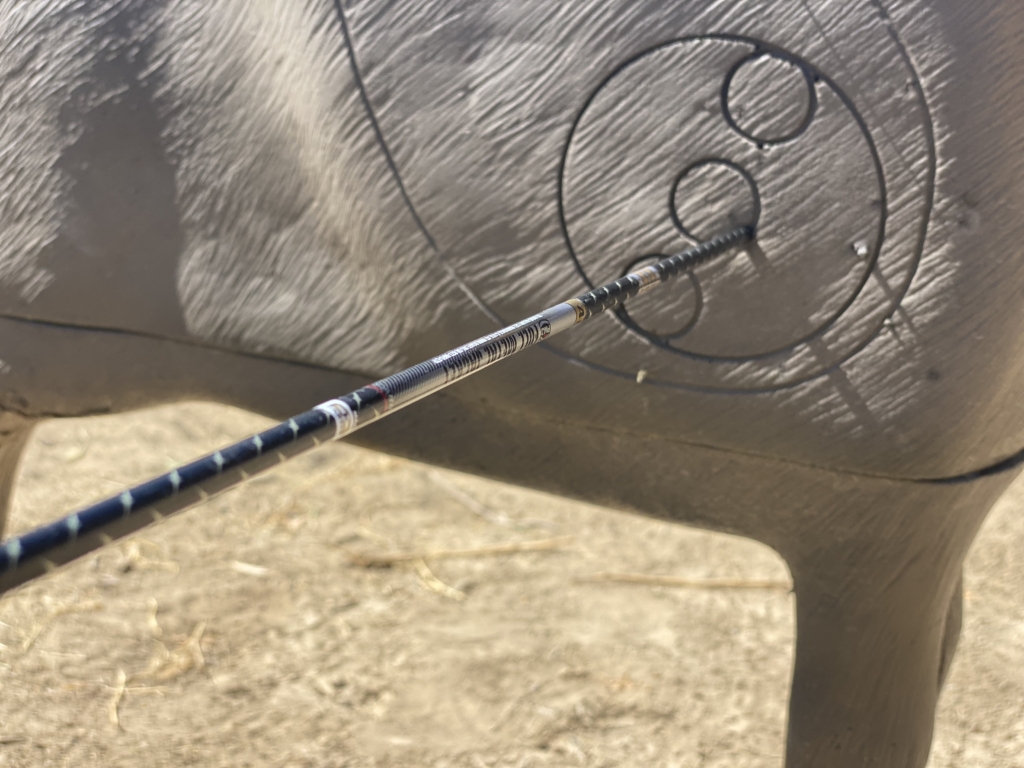
If you’re in the market for a quality index-finger release, here are my top three picks.
#1 Spot-Hogg Wise Guy Rigid BOA
I promise the extra money is worth the BOA-style strap. There is no noisy Velcro to fuss with, and the buckle holes don’t widen and cause the strap to feel loose on the wrist over time. The BOA system on Spot-Hogg’s Wise Guy Rigid features a push-in and tighten button that allows you to constrict a pair of small, non-breakable black wires until the strap feels perfect around your wrist. To disengage the BOA, pull up on the wheel.

As for the release, I’ve killed a lot of animals with it. The purple head design makes it easy to find, should you set it on the ground during a yard sale, after killing a buck or bull. The head bar attaches to a rigid post via a single set screw. Loosen the set screw and slide the head to your desired position.
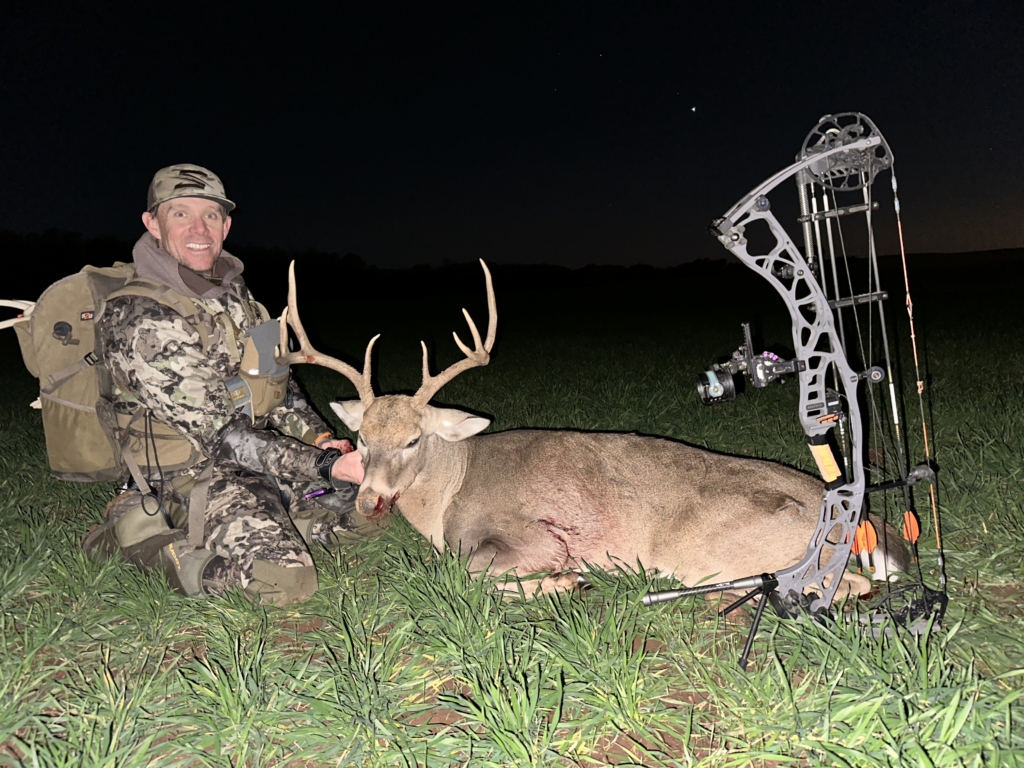
The brass trigger is perfectly curved, and I love the open-hook jaw. I don’t shoot single or double-caliper releases. When I want to hook up to my D-loop, I don’t want to have to fiddle with the trigger. The trigger is long, slightly curved, and the travel is adjustable. Spot-Hogg designed the release with no travel screw, and travel. If you’re looking for an index finger with adjustable trigger travel, the Wise Guy isn’t for you. Aside from the lack of adjustable travel, this is my index finger of choice. It’s a no-fail workhorse with a forward-trigger design for maximum draw length and speed, and the self-reloading hook is handy. The release allows for easy tension adjustment.
#2 Scott Ghost
If there’s a better release for under $105, I’ve yet to shoot it. I love this buckle-strap, lightweight, compact release with open-jaw design. The Ghost’s jaw reduces string wear, and adjusting the head length requires lengthening or shortening the bar if it’s a hard-bar design or loosening a pair of set screws and pulling the nylon cord in or out if it’s a nylon attachment design.
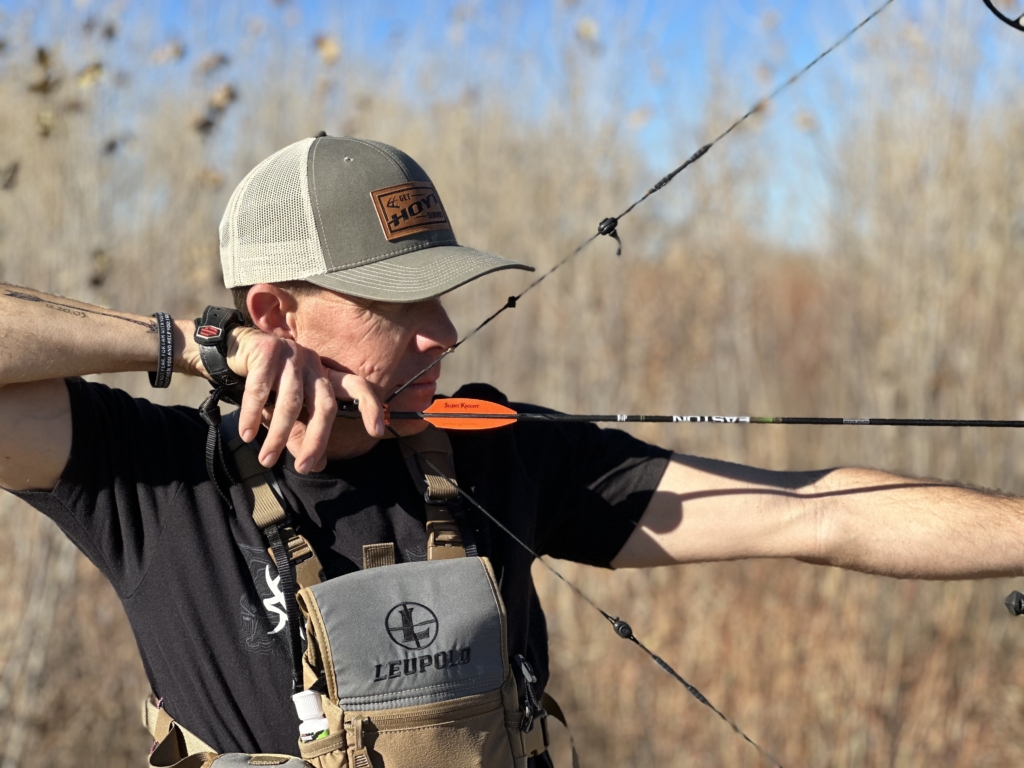
I appreciate the magnetic Auto-Trigger Return, and the forward, knurled trigger maximizes draw length, feeling excellent when you drop it into your first or second index-finger knuckle. Travel is adjustable, and the release breaks cleanly.

#3 Stanislawski Solex Clicker
I turn the “click” off when I shoot a hinge. For me, it’s distracting. For others, it works great. I was nervous to test Stan’s new Solex Clicker index finger, but after adjusting the head length via the nylon strap and adjusting the trigger for travel and tension, I loved it. The release is light, compact, and features a slightly forward but mostly straight trigger.
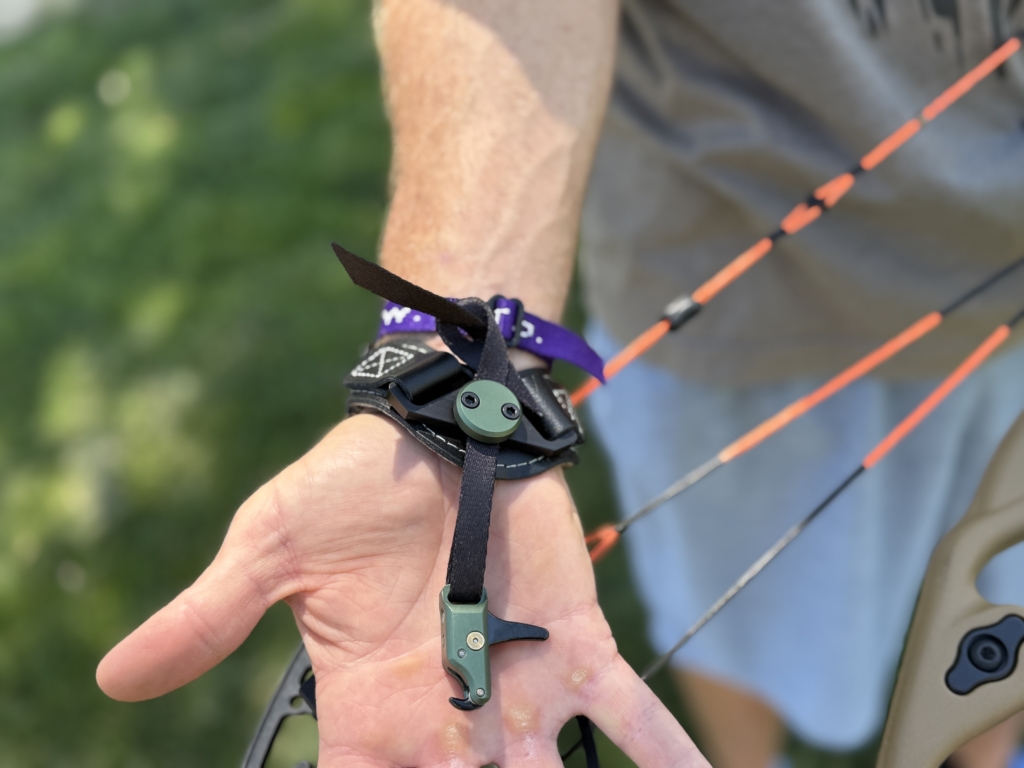
Designed to prevent punching and give you control over your shot, this release produces an audible “click.” The purpose of the click is to let you know that you’re adding pressure to the trigger, and that the trigger is close to firing. I like to set the release to click during the aiming process just after I crawl into anchor. Then I can pull through the trigger and execute clean releases. You can set this release as hot or cold as you like, and if you’re dealing with some target panic/buck fever but don’t want to switch to a handheld, this release is a fantastic choice.





